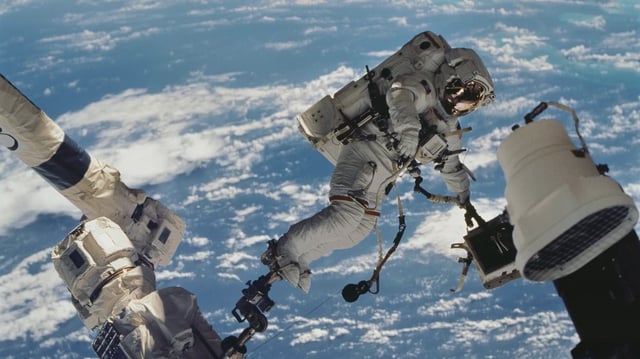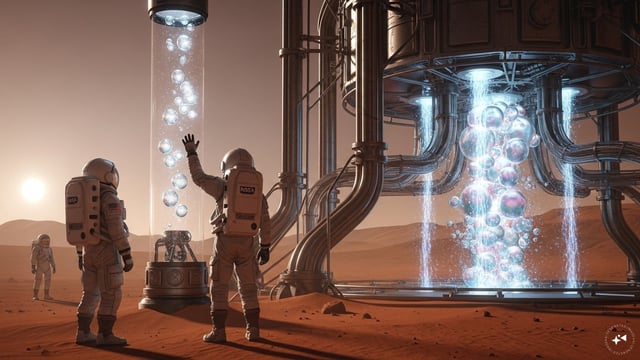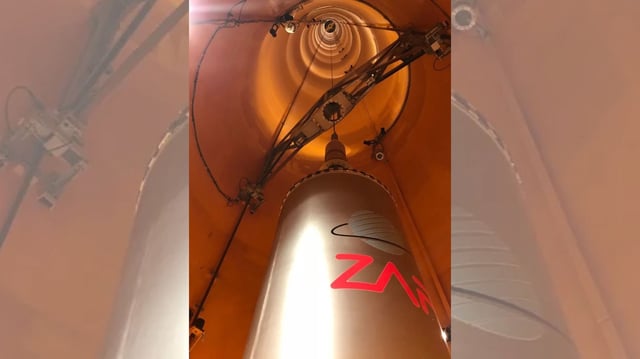Overview
- Researchers from Georgia Tech, the University of Warwick and ZARM report in Nature Chemistry that placing strong magnets near electrolysis electrodes markedly improves oxygen collection in near-weightlessness.
- Bremen Drop Tower experiments showed oxygen collection efficiency increases of up to 240 percent as bubbles detached and flowed to collection regions in microgravity conditions.
- The effect leverages diamagnetism and magnetohydrodynamic forces to move fluid and dislodge bubbles, avoiding the need for spinning separators used in current spacecraft systems.
- The approach uses off-the-shelf neodymium magnets to create a passive, low-maintenance separator without moving parts or added power, potentially reducing system mass and complexity compared with ISS-style hardware.
- NASA highlighted the concept in a new video as the team plans suborbital flight tests, with the work supported by DLR, ESA and NASA and pursued with commercial partner Giner Labs through NIAC-backed development.


